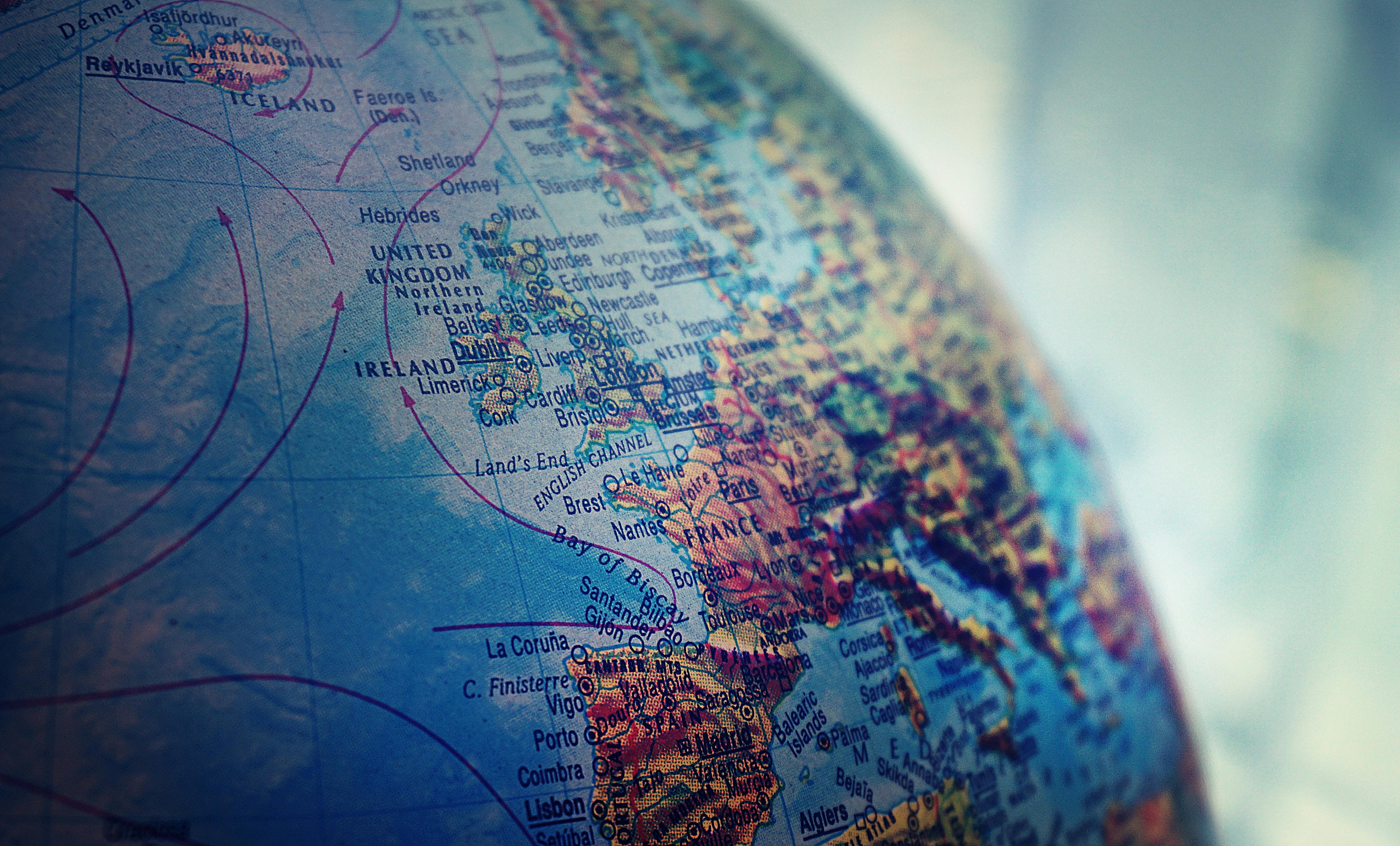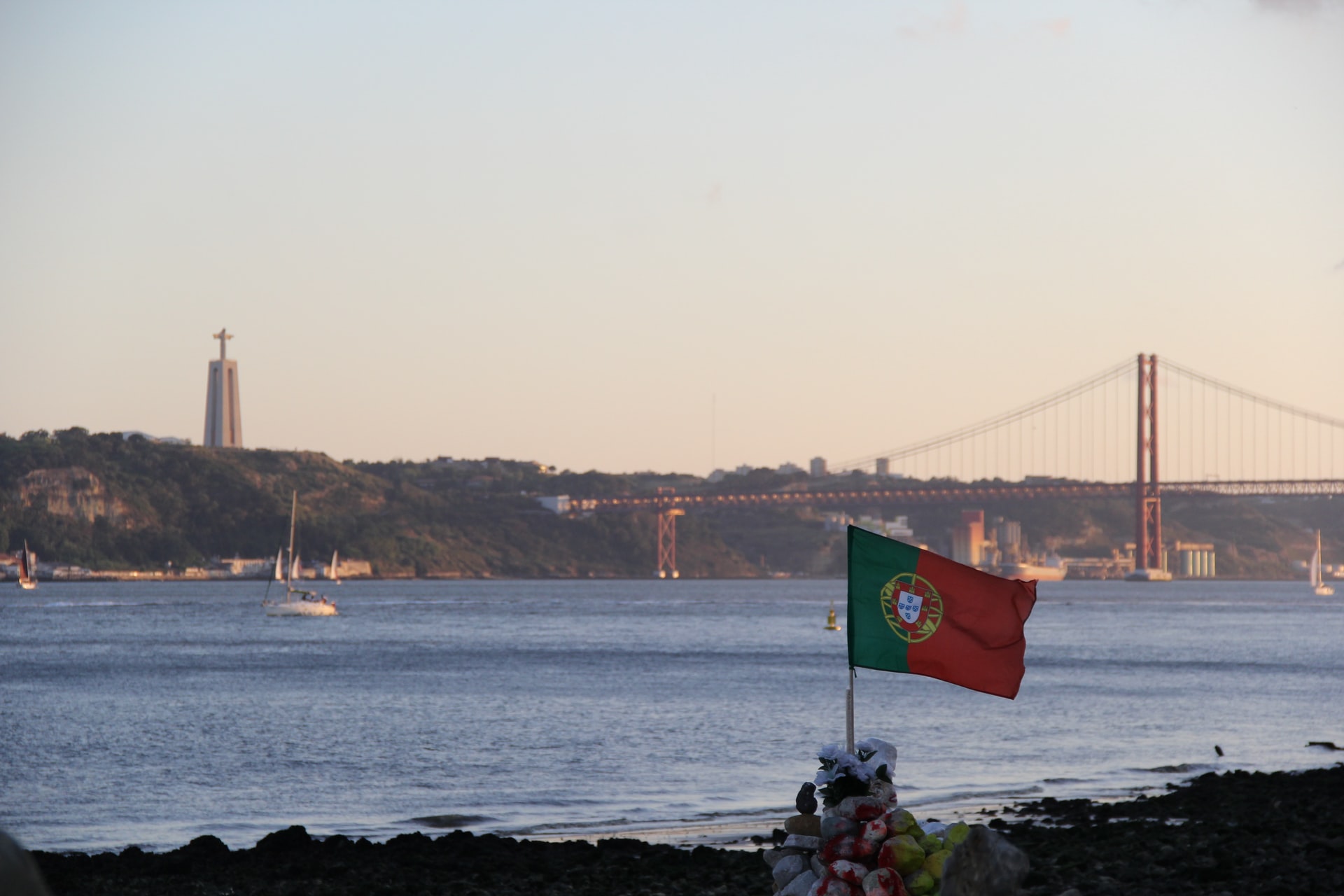International Access Number: Key to Worldwide Calls

In our increasingly connected world, the ability to make calls across borders is incredibly valuable. Whether you want to conduct business, stay in touch with family and friends abroad, or explore new places, international calling is an essential means of communication.
The first step to a successful international call is understanding and correctly using the international access number. In this article, we’ll guide you through the world of this essential prefix, explain why it’s so important, and show how Belfabriek helps businesses effortlessly expand their reach both nationally and internationally.
What Is the International Access Number?
The international access number, also known as the International Direct Dial (IDD) or exit code, is a series of digits you dial from your own phone number (landline or mobile) to indicate that you want to make a call to a phone number in another country.
It acts as a kind of ‘gateway’ instructing your local telecommunications network to route the call to an international destination. Without the correct international access number, your attempt to call abroad will fail.
The crucial aspect of the international access number is that it varies by the country you’re calling from. There is no universal number that is the same worldwide. This means that if you want to call Spain from the Netherlands, you use a different international access number than if you were calling the same Spanish number from the United Arab Emirates.
Examples of International Access Numbers
Below are examples of international access numbers used in various countries or regions:
- Afghanistan: 00
- Albania: 00
- American Virgin Islands: 011
- American Samoa: 011 (American Samoa is part of the North American system, like the United States and Canada.)
- Australian Antarctica: 00
- Belgium: 00
- Burkina Faso: 00
- Canada: 011
- Costa Rica: 00
- Cyprus: 00
- Danish Territories: 00 (Many Danish overseas territories, such as Greenland, use their own specific codes or Denmark’s general international access code.)
- Denmark: 00
- Dominican Republic: 011
- Germany: 00
- Estonia: 00
- Philippines: 00
- Finland: 00
- France: 00
- Gambia: 00
- Greece: 00
- Greenland: 00 (Uses Denmark’s dialing code, though it may also be treated locally as a separate entity.)
- Ireland: 00
- Italy: 00
- Latvia: 00
- Luxembourg: 00
- Morocco: 00
- Mexico: 00
- Monaco: 00
- Netherlands: 00
- Netherlands Antilles: 00 (Former entity; Curaçao and Sint Maarten use 00, Bonaire uses 00.)
- New Zealand: 00
- Northern Mariana Islands: 011
- Pakistan: 00
- Palestinian Territories: 00
- Puerto Rico: 011
- Romania: 00
- Russia: 00
- San Marino: 00
- Singapore: 001, 002, 008 (varies by provider)
- Slovakia: 00
- Spain: 00
- Sri Lanka: 00
- Pacific: This is not a single country but a broad region. Many island nations in the Pacific use 00. Specific countries like Australia and New Zealand have their own codes.
- Thailand: 001
- Venezuela: 00
- United Kingdom (England): 00
- United States of America: 011
- South Africa: 09
- South America: Like “Pacific,” this is a continent. Countries such as Brazil, Argentina, and Chile have their own specific codes. Most use 00.
- South Korea: 001, 002
- Sweden: 00
- Switzerland: 00
By using the correct international access number, followed by the appropriate country code and the specific area code of the city, you can easily establish an international connection.
Example: Calling England from the Netherlands
The international access number in the Netherlands is 00, and the country code for the United Kingdom is 44. Then, you dial the area code (without the leading 0) and the phone number. For example, to call the mobile number 07123 456789 in England, you dial: 00 44 7123 456789.
Example: Calling the Netherlands from Spain
You use Spain’s international access number 00, followed by the country code for the Netherlands 31. Then, you dial the area code (without the leading 0) and the phone number. For example, to call the Dutch number 06 12345678, you dial: 00 31 6 12345678.
Business Communication with Belfabriek
Belfabriek offers various solutions to simplify telephone communication. Whether you’re looking for a local Dutch phone number or a foreign number to expand your international reach, Belfabriek has it all.
You can read here exactly which countries we offer phone numbers in. These can be national numbers, local numbers (e.g., for specific cities), and even toll-free numbers!
Frequently asked questions
A quick way to explore how everything works and what to expect.
The international access number is the code you dial to indicate that you’re making an international call (e.g., 00 from the Netherlands). The country code is the unique code of the country you’re calling (e.g., +34 for Spain, +1 for North America, or +7 for Russia). You first dial the international access number, then the country code, followed by the area code and the subscriber number.
Since “Pacific” and “South America” are broad geographical regions and not single countries, you need to determine the specific country you want to call. Each country within these regions has its own country code and typically uses ‘00’ as the international access number, though there may be exceptions. For example, to call Australia, you use 0011 (access number) + 61 (country code) + area code.
Yes, the international access number is generally the same, regardless of whether you’re calling from a landline or mobile number, and whether you’re calling a landline or mobile number abroad. The code simply indicates that the call should be routed outside your own country.

 Netherlands
Netherlands Belgium
Belgium Denmark
Denmark Germany
Germany France
France Switzerland
Switzerland Austria
Austria UK
UK Spain
Spain Italy
Italy


